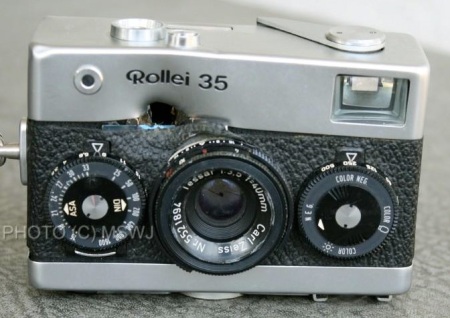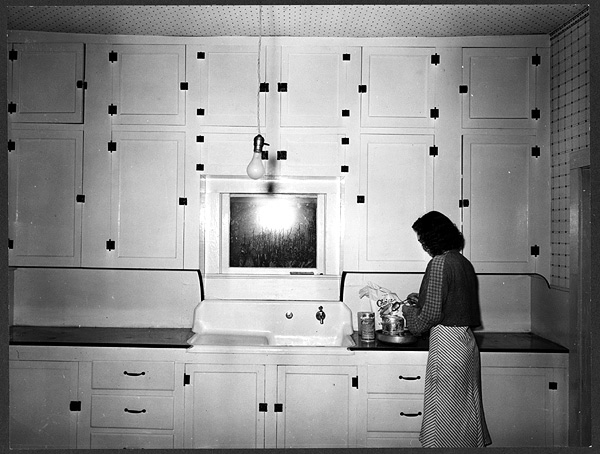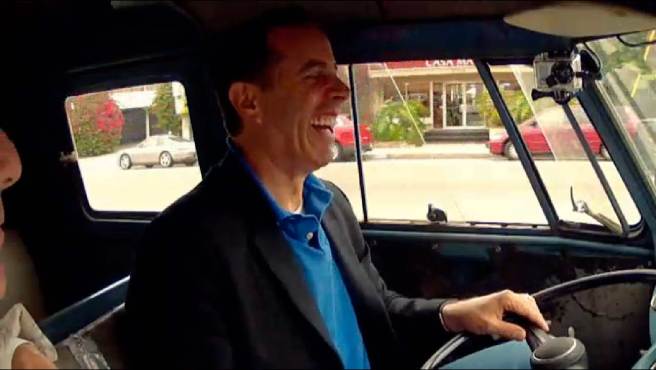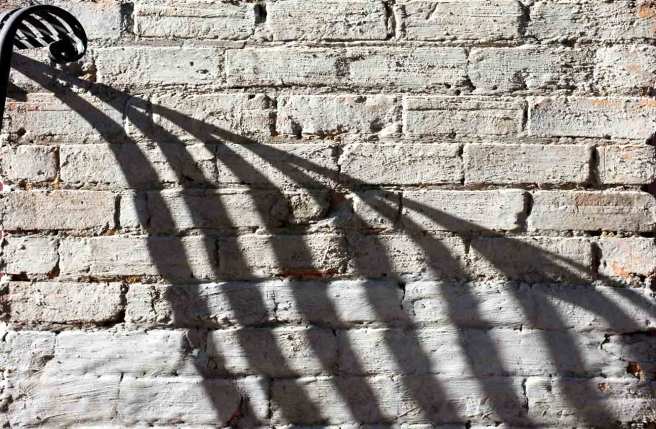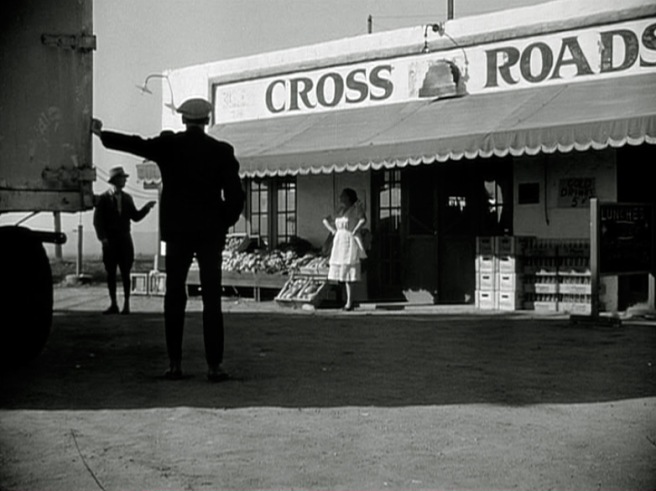
Gregg Toland, still from The Grapes of Wrath, 1941
When you see John Ford’s 1940 film The Grapes of Wrath, you can’t miss the similarity to the Farm Security Administration photos of Dorothea Lange and others. The movie, which won Ford an Oscar for Best Director, was shot by the great, maybe the greatest, cinematographer, Gregg Toland.
Toland’s research for the look he wanted to give the film naturally led to the FSA whose photographers, including Lange, Jack Delano, Russell Lee and others, had covered the same subject as the film, the Dust Bowl period of the South West US in the 1930s.
“The research library at FOX studios has all the visual research archived for Toland and John Ford’s work with GRAPES OF WRATH – including original glossy prints of FSA field photographers like Dorthea Lange, Russell Lee, etc. slapped into rough binders, gathering dust.” – Jean Dodge 2009

Gregg Toland, still from The Grapes of Wrath, 1941

Gregg Toland, still from The Grapes of Wrath, 1941
The images above are frames from the movie.
Now have a look at these Dorothea Lange photographs from a few years earlier. They were taken for the Farm Security Administration to document the tough conditions during the Depression, and might have been in the archive that Toland consulted.
Hollywood is often accused of being the “dream factory”, always making glamorous but empty entertainment, but ‘Grapes’ is one example where this isn’t true (there are thousands of others).

Dorothea Lange, Jobless on the Edge of a Peafield, Imperial Valley, California, 1937

Dorothea Lange, Tom Collins, manager of Kern migrant camp, with drought refugee family. California, 1936

Dorothea Lange, Pea pickers camp, 1936


















